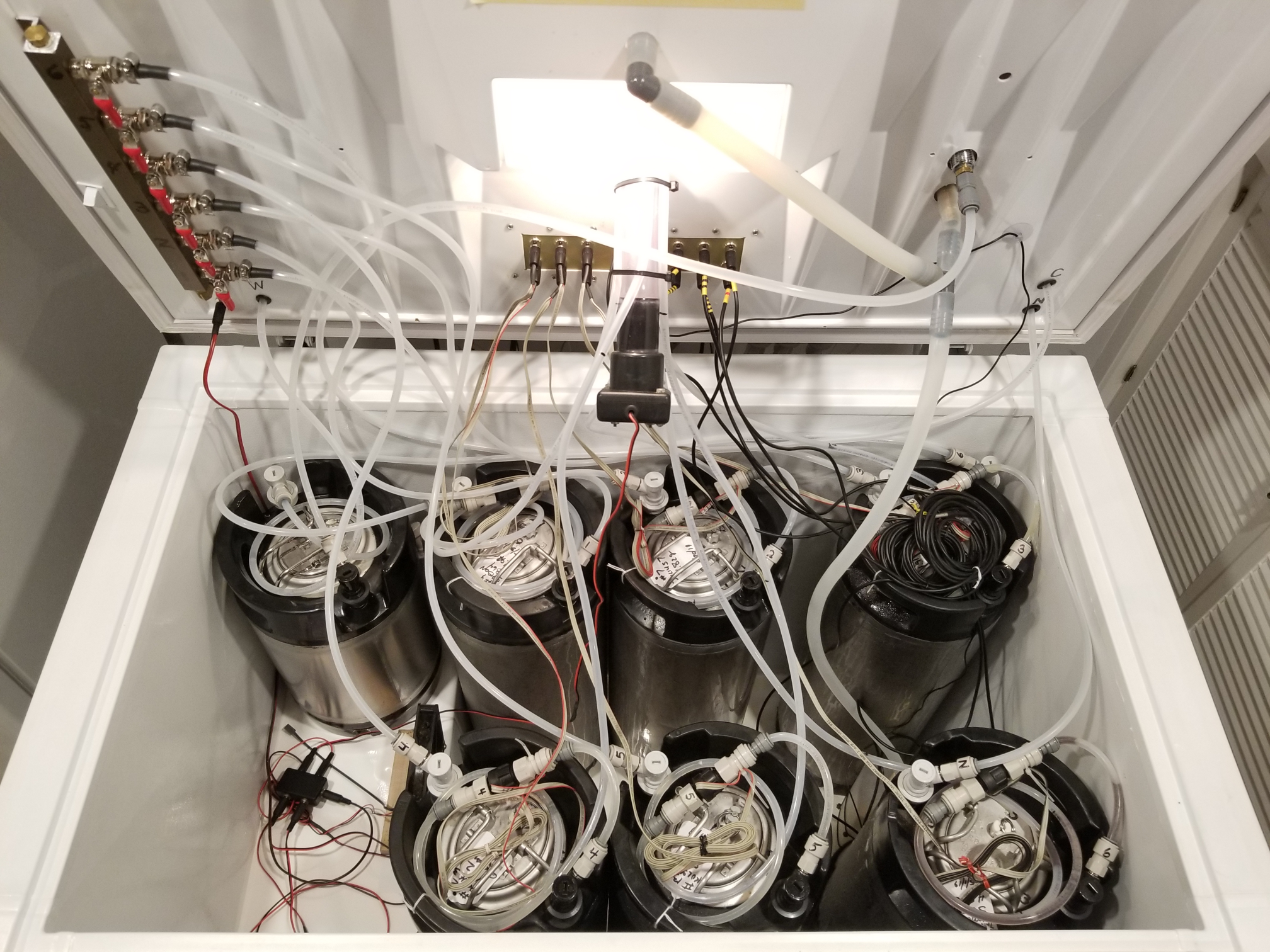I was using the carbonation tables commonly referenced by homebreweres. I don't know if AJ's formulas are more accurate or not.
As for STP's it's a real quagmire, especially if you live in a metric country and try and use imperial units... It turns out in the metric world the standard temperature is 15°C and not 25°C as I erroneously used.
As for headspace pressure I was going on the assumption that the gas bottle would be at the same temperature as the keg so that there would be no cooling of the injected gas so as to maximize yield.
As for STP's it's a real quagmire, especially if you live in a metric country and try and use imperial units... It turns out in the metric world the standard temperature is 15°C and not 25°C as I erroneously used.
As for headspace pressure I was going on the assumption that the gas bottle would be at the same temperature as the keg so that there would be no cooling of the injected gas so as to maximize yield.










































![Craft A Brew - Safale S-04 Dry Yeast - Fermentis - English Ale Dry Yeast - For English and American Ales and Hard Apple Ciders - Ingredients for Home Brewing - Beer Making Supplies - [1 Pack]](https://m.media-amazon.com/images/I/41fVGNh6JfL._SL500_.jpg)





